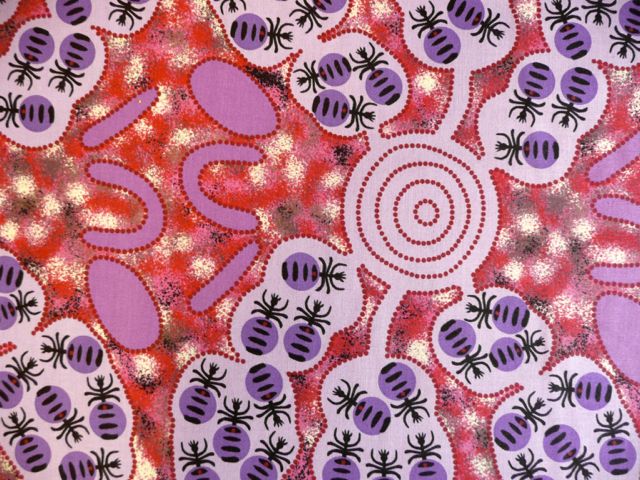Very few animals eat adult ants. Even ant eaters eat mostly termites. Adult worker ants have almost no body fat, the colony stores reserves in the nest rather than in their bodies. Workers are mostly shells with some nasty glands, such as poison glands, salivary glands, trail pheromones, anti-fungal glands, acid glands, and others, most of them producing chemicals that are noxious.
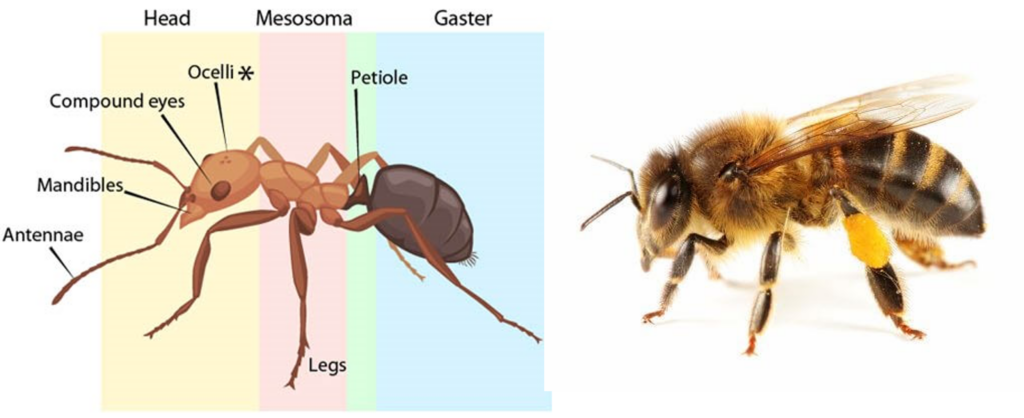
Without wings, their thorax can be very slender, whereas other related insects all have a solid mass of flight muscle to power their wings. Compare the diagram above with an illustration of a bee. Worker ants are so commonly ignored by predators that there are many other small arthropods that have evolved to look like ants so that they, too, will be ignored. It is almost sure that a predator has already learned that a wandering ant is distasteful and offers little reward as a meal, so if you look like an ant, almost no one will try to eat you. Some of this ant mimicry is striking, such as certain spiders.
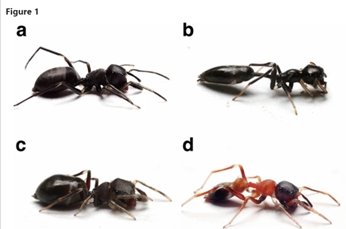
Nonetheless, certain snakes, lizards, and frogs specialize in eating ants. A famous one is the horned lizard of the American southwest, as shown in the title image of this blog. These lizards eat primarily harvester ants, which can be abundant in desert environments. At the other end of the spectrum, in the wet forests of the American tropics, poison arrow frogs feed mostly on small ants and mites, coopting the toxins from their prey to use in producing the poisons in their skin. Captive frogs fed on harmless fruit flies produce no poison.
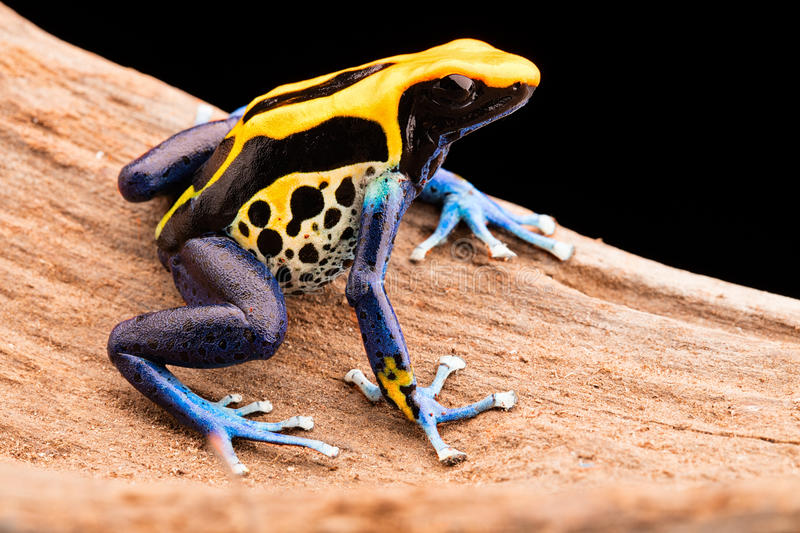
Prominent exceptions to the rule that adults have little nutritive value would be the winged reproductive ants, the future queens and their male counterparts. They have flight muscles, generally produce few nasty chemicals of the worker ants, and the queens can be very large and fatty. Mating flights of ants commonly attract swallows, dragonflies, and other aerial predators that swoop, dive, and circle at the site of the ant emergence. In South America, the swarming wasps (distant relatives of the hornets and yellowjackets readers are familiar with in North America) will also take flying ants (and termites) in great numbers. Examining the wasps’ nests, I found that they caught male ants, cut off the appendages, and stacked the helpless amputees like fire wood in the nest for consumption later.
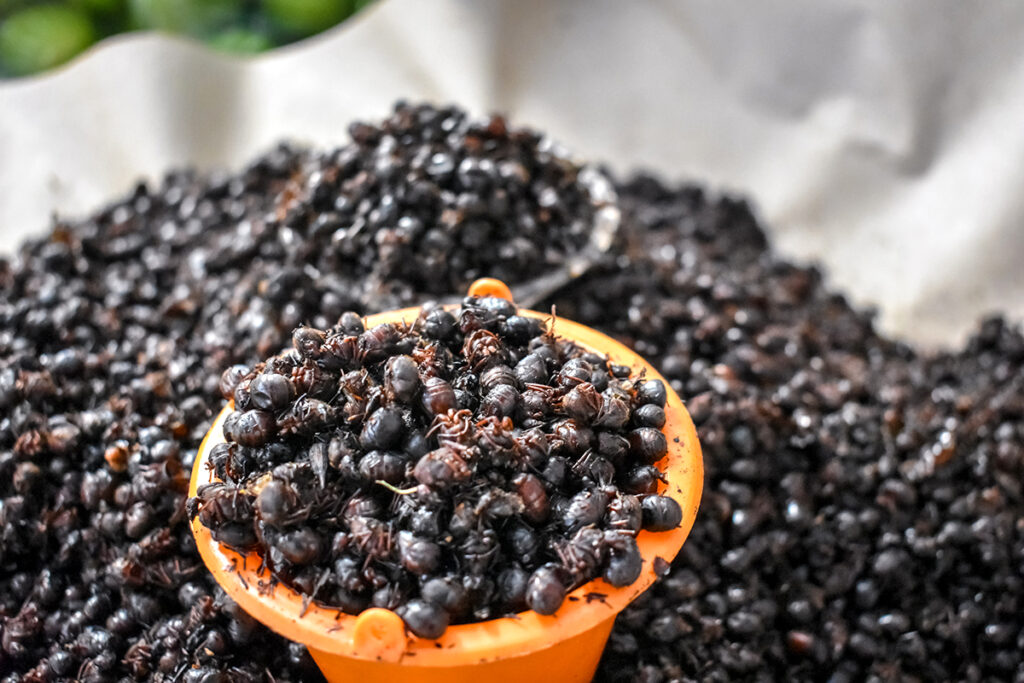
Queen leaf cutter ants are enormous, and make a tasty condiment enjoyed in a variety of meals in various indigenous traditions in Mexico. They can be collected in great numbers during a mating flight. These ants are a little spicy and smoky in flavor; much sweeter would be the desert honey pot ants, in the deserts of the American southwest. These ants gather nectar from flowers and return to the nest, giving it to specialized workers whose only role is to hold the nectar in reserve for the future. These “repletes” become greatly engorged, and provide the nectar back to nestmates when food is scarce.
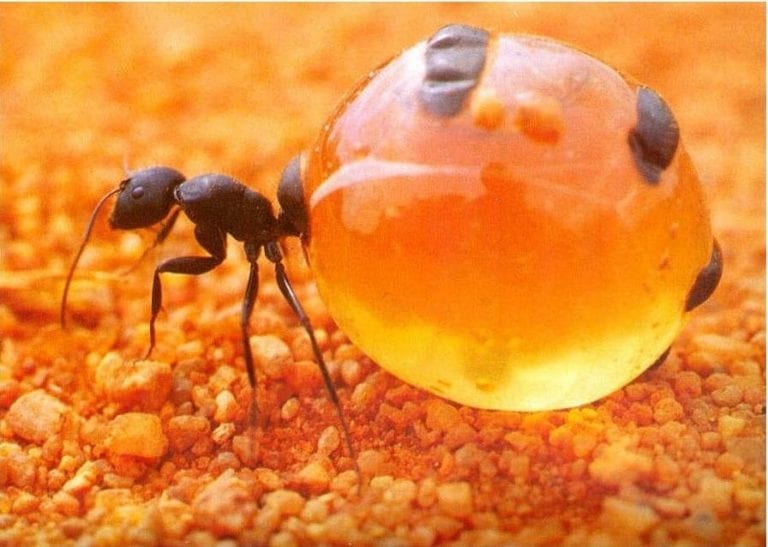
This strange syndrome has evolved more than once, such as in the Australian desert ant, Camponotus inflatus: What an appropriate species name! Finding the appropriate locations to dig up the nectar-engorged repletes is a skill passed down through generations, and these ants are a traditional part of the diet of the indigenous people.
